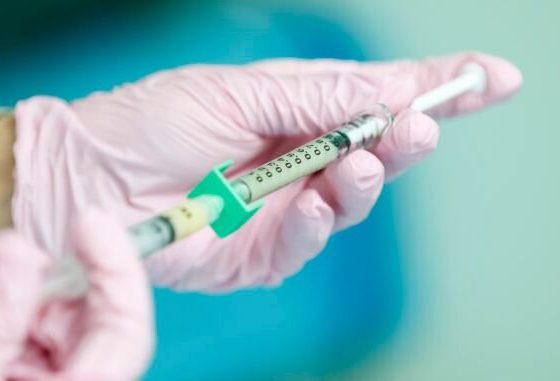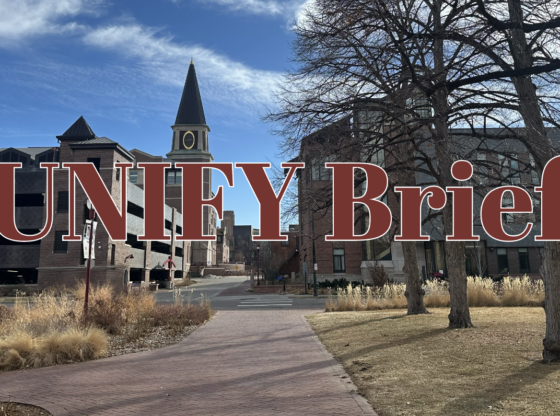Although people of color have disproportionately made up COVID-19 cases and deaths since the start of the pandemic, many Black, Brown and Asian communities across the country are struggling to receive the vaccine support they need.
“It is tough when the states and the U.S. really did not lead with equity in terms of prioritizing certain populations that are most vulnerable, including BIPOC (Black, Indigenous and people of color),” said Dr. Oswaldo Grenardo, co-chair of the Colorado Vaccine Equity Taskforce. “Now we are in catch-up mode.”
In Colorado, Asians make up 3.12% of the population with a vaccination rate of 3.05%. As for Hawaiians and Pacific Islanders, they comprise 0.12% of the population and are being vaccinated at a rate of 0.25%.
While the state appears to be successful in closing the racial health disparity between whites and Asians, these statistics collapse the AAPI community into a monolith and do not reflect attitudes regarding vaccine access and hesitancy held by those who have yet to receive COVID-19 immunization.
“Distinct groups are often lumped into a single ‘Asian’ category in public health databases, if they are counted at all,” writes Darius Tahir and Mohana Ravindranath for Politico. “Advocates say that could conceal disparities, prevent public health departments from mounting targeted outreach and even exclude some groups from vaccine research.”
The barriers that Asians experience to accessible healthcare are numerous and rooted in histories of exploitation, colonization and racism. Immigrants and refugees—such as Cambodians, Vietnamese and Burmese—are the lowest-income groups in the AAPI community, making them the least likely to receive the vaccine.
Challenges include difficulty finding access to transportation or not feeling safe enough to visit unfamiliar cities given the rise in police presence and anti-Asian violence. If they work a minimum wage job, they may not have the means to take time off for multiple doses or recover from side effects in the days after. Finding information about the vaccine may require English literacy which they do not have, and undocumented migrants may fear being turned over to ICE.
“There are cultural and language barriers that can result in a potential lack of access to information,” said Stacey Shigaya.
She is program director of Sakura Foundation, a nonprofit that sustains and celebrates Japanese American heritage, culture, and community. From her observations, efforts are being made by local health and Asian organizations to reach out to the community. One example is the hosting of vaccine clinics at Tri-State/Denver Buddhist Temple and Simpson United Methodist Church, whose congregation is predominantly Japanese-American.
“There is an attitude by some that if enough people in the community are vaccinated, they will be exempt from needing to be vaccinated themselves,” said Shigaya.
These obstacles to vaccination mean that in places like Hawaii, where Asians make up 41% of positive cases, they initially received less than 9% of doses. In Alaska, Asians are 11% of deaths but 5% of vaccinations. Some states have collected no demographics at all on vaccination rates in Asian communities.
These statistics have deadly consequences when compared with data that shows Asians are twice as likely to test positive, 60% more likely to be hospitalized and 50% more likely to die to COVID-19 than the white population.
But even if Asians had widespread access to the vaccine, this would not necessarily promise higher immunization rates. Many are disillusioned with the U.S. medical system as it has historically disenfranchised people of color. When an Asian immigrant has escaped violence and conflict that was backed by the American government, it makes sense for them to be wary of what was once their colonial power.
“For people of color, there may be a lack of trust as a result of a history of betrayal,” said Shigaya. “This is one of the reasons why there has been a push to have family physicians provide the vaccine shots, so families can have conversations with someone they trust.”
To combat these challenges, people of color must be a priority in local, state and federal vaccination plans. At present, Colorado has not made any tangible plans for outreach to BIPOC communities known. The vaccine is free for anyone to take and does not require proof of health insurance or identification to receive. For a comprehensive list of vaccination sites in Colorado, visit covidcheckcolorado.org/find-our-sites-vaccinations.











